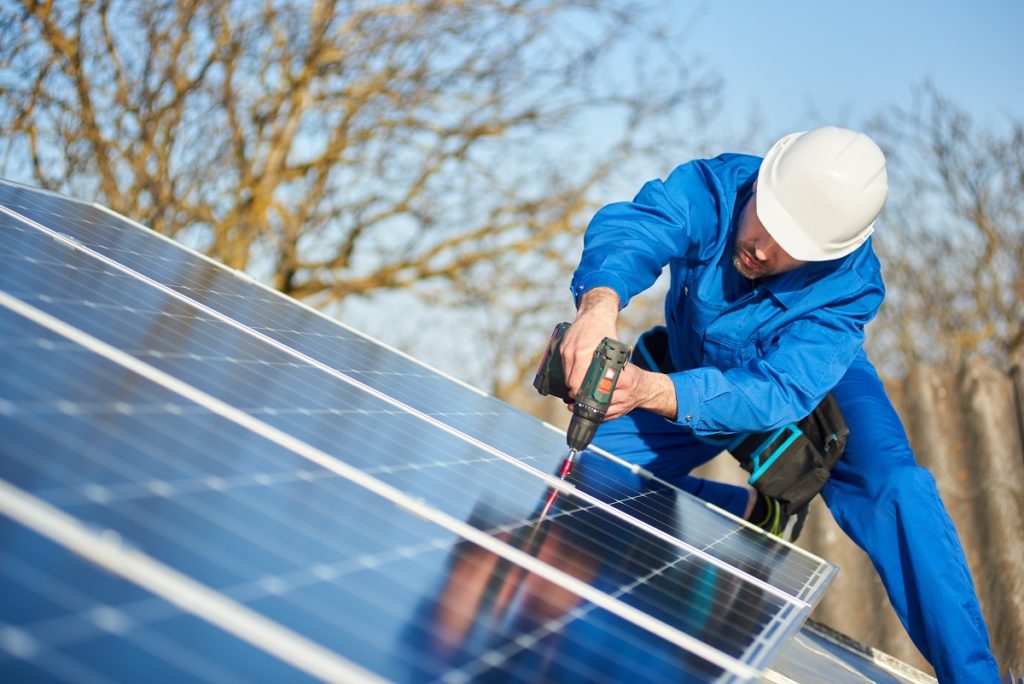When you hear or read the words renewable energy for homes, you usually think of solar panels installed on a large tract of land. Solar energy is just one of many sources of renewable energy.
What is renewable energy?
The U.S. Energy Information Administration defines renewable energy as energy that comes from resources that replenish naturally but might be limited at a given time.
The major sources of renewable energy are:
- biomass (from wood, solid wastes, landfill gas, ethanol, biogas, or biodiesel);
- hydropower (or water);
- geothermal (heat from the earth);
- wind; and,
- solar.
What renewable energy options are there for your home?
 A ground source heat pump installation uses the ground’s natural heat. Pipes are buried underground, which draw out heat from the ground and pumps it to your home’s heating system. Since the ground’s temperature generally remains constant, you can use this type of system for the whole year.
A ground source heat pump installation uses the ground’s natural heat. Pipes are buried underground, which draw out heat from the ground and pumps it to your home’s heating system. Since the ground’s temperature generally remains constant, you can use this type of system for the whole year.
On the downside, you may need a large space for the pipes depending on your house’s heat requirements and its size. A borehole can be installed vertically if space is limited. Consult the experts about rules so you know how far down you can drill or how much space you need.
Related to ground source heat pumps, a geothermal installation makes use of heat underneath the earth’s crust. Houses built near geysers and hot springs can take advantage of this source of green energy. But, such a resource is not common.
When it comes to wind power, the usual image is that of massive wind turbines. With advances in technology, there are now turbines scaled down for homes. Homeowners also have an option to install a wind system connected to a community wind system.
Wind turbines are still considered expensive, though, and, of course, you’ll need to live in an area where there’s a steady flow of strong winds.
Photovoltaic panels convert sunlight to solar energy electricity. This type is a limitless source of energy.
But you will need a significant amount for the initial installation of the system. Plus, it requires a lot of space. Some companies now suggest using solar shingles. These can be attached to the roof. This option can lower energy bills without needing large tracts of land or sacrificing the aesthetic of a home.
Since wind and solar energy are plentiful, some energy companies offer hybrid systems. Such systems are more reliable because you will be using two resources that complement each other. When wind energy becomes unreliable due to lack of resource, the systems make use of available solar energy to power your house.
Related to the space needed by resources, hydropower usually needs a lot of space for its turbines, waterwheels, or pumps. But technology has created microhydropower systems that can be adjusted to the size of the house. However, such a system needs to have access to clean water.
Conclusion
Homeowners who use renewable energy can qualify for 30% federal tax credit.Some states give additional incentives based on conditions like location and type of resource. These can offset the initial costs of installation. Beyond these financial incentives, using renewable energy can increase the value of your home while saving the environment at the same time.

